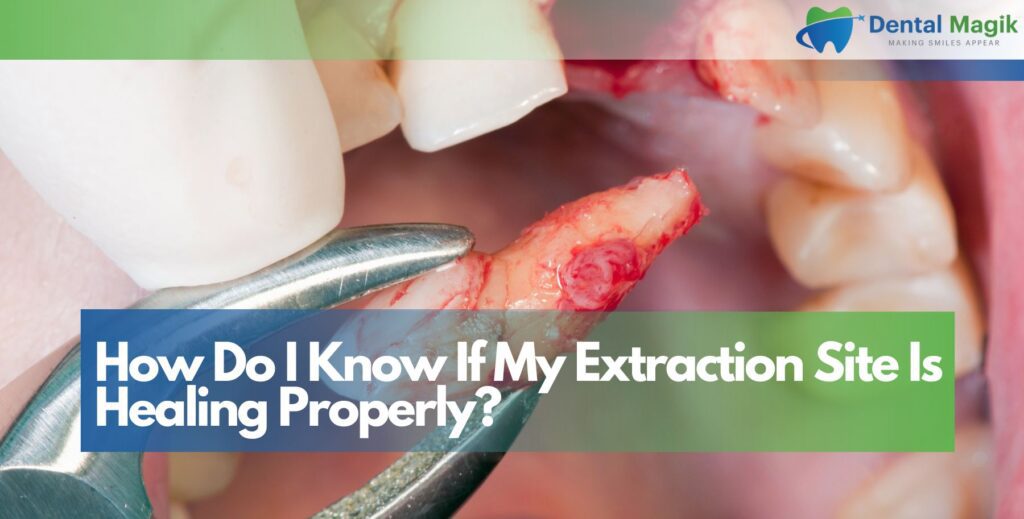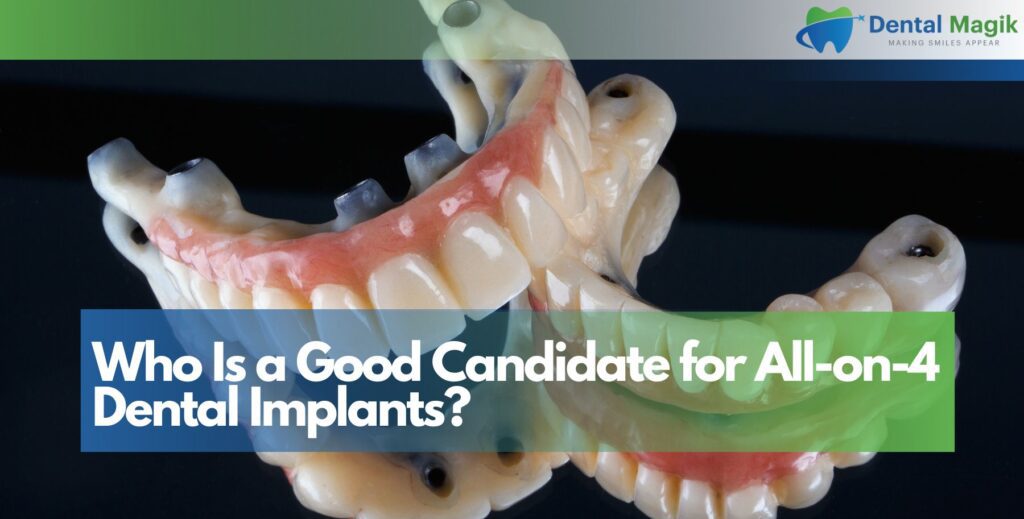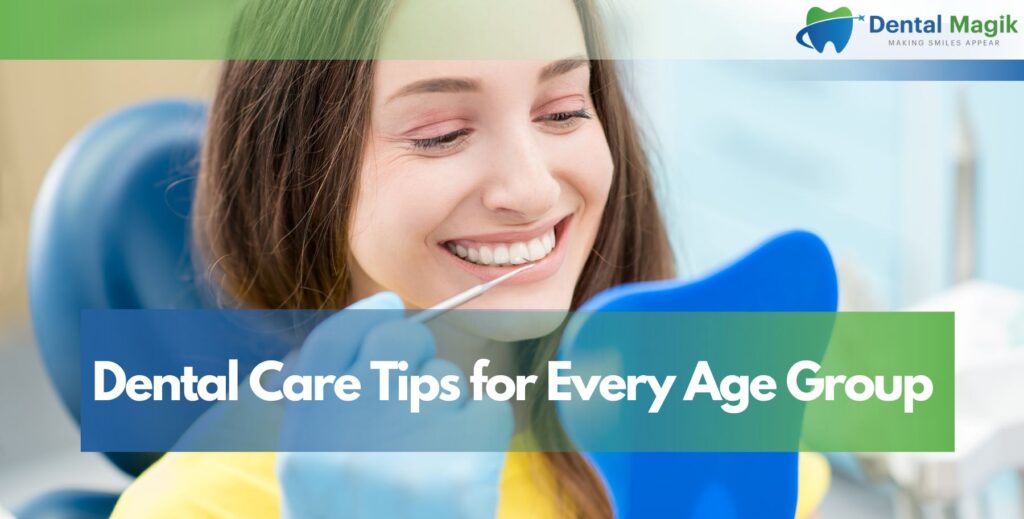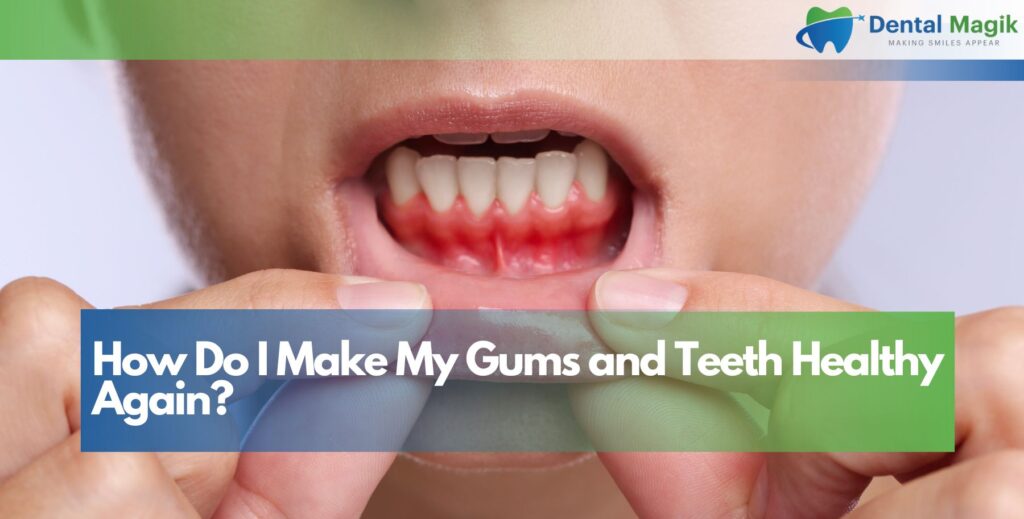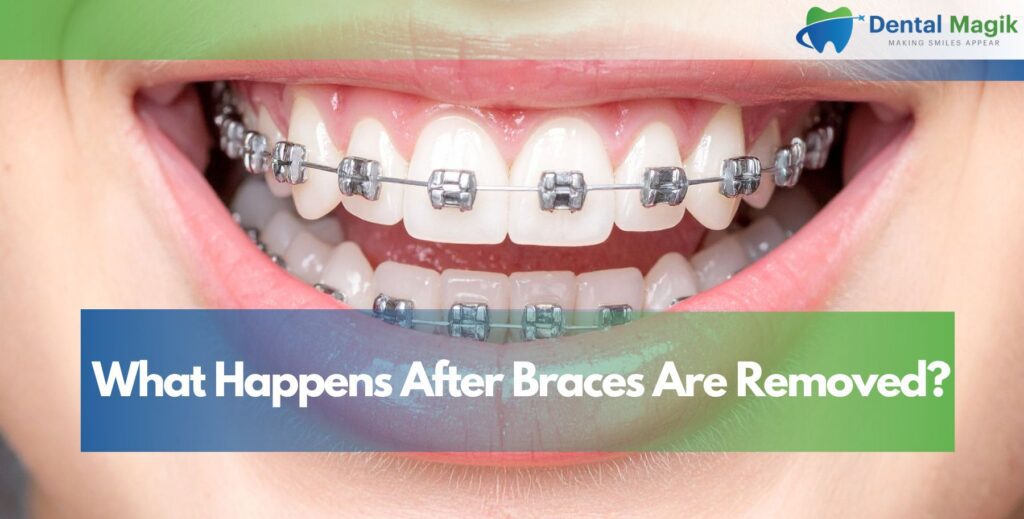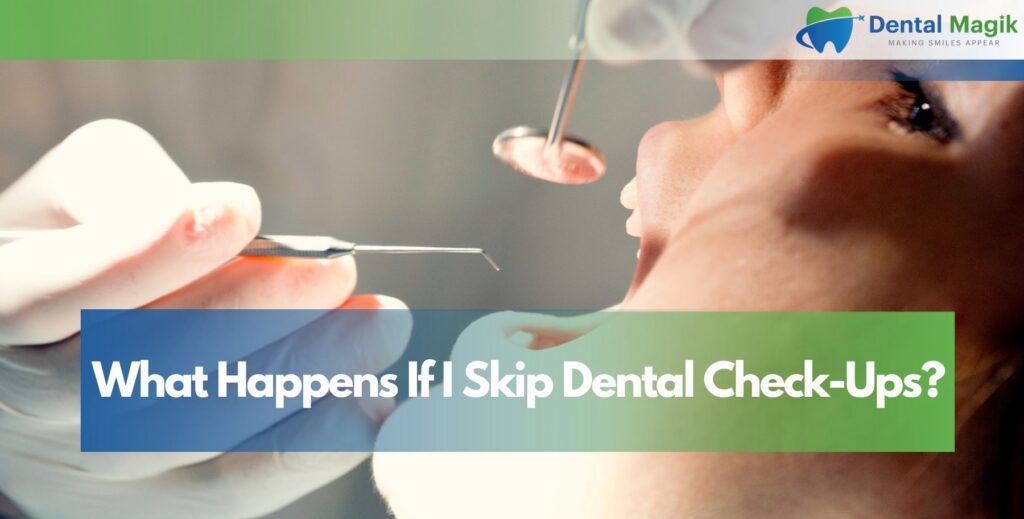Invisalign has revolutionized orthodontic treatment by offering a discreet, comfortable alternative to traditional metal braces. Millions of people worldwide have chosen clear aligners to straighten their teeth and achieve the smile they’ve always wanted. However, despite being marketed as a more comfortable option than conventional braces, Invisalign treatment isn’t entirely pain-free. Many patients wonder what level of discomfort to expect and which stage of treatment will be most challenging. Understanding the pain patterns throughout your Invisalign journey can help you prepare mentally and physically, ensuring you stay committed to your treatment plan and achieve optimal results.
Table of Contents
Understanding Invisalign Discomfort
Before identifying the most painful stage, it’s important to understand that what Invisalign patients experience is typically described as discomfort or pressure rather than severe pain. This sensation is actually a positive sign that your aligners are working properly to move your teeth into their correct positions.
Why Invisalign Causes Discomfort
Invisalign works by applying controlled force to your teeth, gradually shifting them into alignment over time. Each new set of aligners is designed to move your teeth slightly from their current position, creating pressure on the teeth, roots, and surrounding bone and soft tissues. This pressure triggers a biological response called bone remodeling, where the bone around your teeth breaks down on one side and rebuilds on the other, allowing teeth to move. The discomfort you feel is your body’s response to this pressure and the inflammation that accompanies the remodeling process. Understanding that this discomfort indicates progress can help you tolerate it better and stay motivated throughout your treatment journey.
Individual Pain Thresholds
It’s crucial to recognize that pain perception varies significantly from person to person. What one patient describes as mild pressure might feel more intense to someone with a lower pain threshold. Factors affecting your experience include your individual sensitivity to pain, the complexity of your orthodontic issues, how much movement is required, your age, and even your stress levels. Some patients sail through Invisalign treatment with minimal discomfort, while others find certain stages more challenging. This variability is completely normal and doesn’t indicate anything wrong with your treatment.
The First Few Days: Initial Adjustment Period
For most Invisalign patients, the initial adjustment period when they first start treatment is among the most uncomfortable stages they’ll experience. This phase sets the tone for what to expect throughout your journey and can feel overwhelming if you’re unprepared.
Starting with Your First Aligners
The first few days with your very first set of Invisalign aligners typically cause the most dramatic discomfort. Your teeth have never experienced this type of controlled pressure before, and your mouth needs time to adapt to the sensation of wearing aligners constantly. You’ll likely feel significant pressure across all the teeth being moved, soreness when biting down, general achiness in your jaw, and increased salivation as your mouth adjusts to the foreign object. Your tongue may also feel irritated as it explores the new aligners, and you might experience slight difficulty speaking clearly until you adjust. This initial discomfort usually peaks within the first 24 to 48 hours and then gradually subsides over three to five days as your teeth begin to shift and your mouth adapts. Many patients report that this first set of aligners is the most challenging because everything is new and unfamiliar.
Learning to Insert and Remove Aligners
Beyond the pressure from tooth movement, the mechanical action of removing and inserting your first aligners can cause additional discomfort. Your teeth may feel tender and sore, making the removal process particularly uncomfortable at first. You might also experience some gum irritation from the edges of the aligners or accidentally bite your cheek or tongue while adjusting to having something new in your mouth. With practice, inserting and removing your aligners becomes much easier and less uncomfortable, but those first few attempts can be genuinely challenging and may temporarily increase your overall discomfort level during the initial stage.
Switching to New Aligners: Recurring Discomfort
While the very first set of aligners often causes the most intense discomfort, you’ll experience a recurring pattern of pressure and soreness each time you switch to a new set throughout your treatment. Understanding this cycle helps you prepare and manage expectations.
The First 48 Hours with New Aligners
Every time you switch to a new set of Invisalign aligners—typically every one to two weeks—you’ll experience a fresh wave of pressure and discomfort. Each new aligner is designed to continue the progression of tooth movement, applying force to shift your teeth incrementally closer to their final positions. The first 48 hours after switching to new aligners are consistently the most uncomfortable part of each cycle. You’ll notice tightness when you first insert the new aligners, increased pressure on specific teeth that need to move most during that stage, soreness that makes chewing uncomfortable, and a general awareness of your aligners that you might have forgotten about with your previous set. This discomfort is typically most noticeable when eating, as biting down puts additional pressure on already-tender teeth. Many patients find it helpful to switch to new aligners in the evening before bed, allowing them to sleep through the initial hours of adjustment.
Which Aligner Changes Hurt Most
Not all aligner changes cause equal discomfort. The pain level often depends on how much movement that particular aligner is designed to achieve. Aligners that rotate teeth, move canines, or address significant crowding typically cause more discomfort than those making minor adjustments. Mid-treatment aligners, when major tooth movements are occurring, often cause more pronounced soreness than aligners near the end of treatment, which are typically making final refinements. Some patients report that aligners addressing movements in the front teeth cause more noticeable discomfort because these teeth have single roots and less bone support compared to molars. However, the specific painful points vary depending on your individual treatment plan and which teeth require the most correction.
Mid-Treatment: When Major Movements Occur
For many Invisalign patients, the middle stage of treatment represents the most consistently uncomfortable period. This is when the most significant tooth movements typically occur, and the cumulative effect of months of treatment can make this phase particularly challenging.
Complex Tooth Movements
Mid-treatment is when your orthodontist is addressing the most complex aspects of your misalignment. This might include rotating stubborn teeth, closing gaps, fixing your bite, or moving teeth vertically. These movements often require more force than simple tipping or tilting, resulting in increased discomfort. During this stage, you might experience more pressure points across multiple teeth simultaneously, longer-lasting soreness that extends beyond the usual 48-hour window, increased difficulty eating certain foods, and more awareness of your aligners throughout the day and night. The complexity of movements during this phase means your teeth, bone, and soft tissues are working overtime to accommodate the changes, which naturally results in more pronounced discomfort.
Treatment Fatigue
Beyond physical discomfort, mid-treatment is also when many patients experience “Invisalign fatigue”—the mental and emotional challenge of being in the middle of a lengthy process. You’ve been wearing aligners for months, the initial excitement has worn off, and you still have months to go before completion. This psychological fatigue can make physical discomfort feel more intense and harder to tolerate. You might feel frustrated with the restrictions on eating and drinking, tired of the constant routine of removing, cleaning, and reinserting aligners, and impatient to see your final results. This combination of significant physical discomfort and mental fatigue makes the mid-treatment stage particularly challenging for many patients.
Attachments and Elastics: Added Discomfort
Some Invisalign patients require additional components like attachments or elastics to achieve optimal results, and these additions can create their own sources of discomfort at various stages throughout treatment.
When Attachments Are First Placed
Attachments are small, tooth-colored bumps bonded to specific teeth to give aligners better grip and improve the efficiency of certain movements. When attachments are first placed, usually early in treatment or at mid-treatment refinement stages, patients often experience a new level of discomfort. The bonding process itself can cause temporary tooth sensitivity, and the attachments make aligners fit more tightly, increasing pressure on those specific teeth. You might experience increased pressure when inserting and removing aligners, more friction against your lips and cheeks until you adjust, difficulty removing aligners, requiring more force and causing more soreness, and heightened awareness of specific teeth with attachments. The period immediately after attachment placement often ranks among the most uncomfortable stages because you’re dealing with both the pressure from tooth movement and the mechanical irritation from the attachments themselves.
Using Elastics for Bite Correction
If your treatment plan includes elastics to correct your bite, the stages when these are introduced and adjusted can be particularly uncomfortable. Elastics add additional force to your teeth and jaw, pulling them in specific directions to improve how your upper and lower teeth fit together. This extra force compounds the pressure you’re already experiencing from the aligners themselves, potentially causing jaw soreness and muscle fatigue, increased pressure on anchor teeth where elastics attach, headaches from the adjustment to new jaw positioning, and difficulty opening your mouth widely or chewing. The discomfort from elastics often extends beyond your teeth to your entire jaw area, making this stage feel more comprehensive and sometimes more challenging than standard aligner changes.
Refinement Stages: Variable Discomfort
After completing your initial series of aligners, many patients require refinement aligners to perfect their results. The discomfort level during this stage varies considerably depending on how much additional movement is needed.
When Refinements Are Necessary
Refinements involve taking new impressions or scans and creating additional aligners to address teeth that didn’t move exactly as planned or to make final adjustments for optimal alignment. For some patients, refinements involve minimal movement and cause very little discomfort—often less than they experienced during main treatment. However, if significant adjustments are still needed, refinement stages can feel like starting treatment all over again. Your teeth had begun to settle into their new positions, and now you’re asking them to move again, which can be frustrating both physically and mentally. The discomfort level during refinements largely depends on how much additional movement is required, but the psychological challenge of needing more treatment after thinking you were nearly done can make any discomfort feel more pronounced.
Managing Pain Throughout Invisalign Treatment
Understanding which stages are most painful is helpful, but knowing how to manage discomfort effectively throughout your treatment is equally important. With the right strategies, you can significantly minimize pain and stay comfortable during even the most challenging stages.
Immediate Relief Strategies
When you’re experiencing discomfort from new aligners, several strategies can provide quick relief. Over-the-counter pain relievers like ibuprofen or acetaminophen can reduce inflammation and ease soreness, especially when taken shortly before inserting new aligners. Cold compresses applied to the outside of your jaw can numb discomfort and reduce inflammation, while eating cold, soft foods like yogurt, smoothies, or ice cream can soothe sore teeth while providing nutrition. Orthodontic wax can be applied to any sharp edges causing irritation to your cheeks or tongue. Switching to new aligners before bedtime allows you to sleep through the most intense initial hours of discomfort. Many patients find that keeping their mouth busy with these comfort measures makes the painful stages much more tolerable.
Long-Term Comfort Strategies
Beyond immediate relief, developing good habits throughout your treatment helps minimize discomfort at all stages. Wearing your aligners for the recommended 20 to 22 hours daily ensures consistent, gradual movement rather than stop-and-start shifting that can increase pain. Following your orthodontist’s instructions precisely, including the schedule for changing aligners, prevents complications that might cause additional discomfort. Maintaining excellent oral hygiene reduces inflammation and keeps your mouth healthy, which can minimize soreness. Staying hydrated and maintaining good nutrition supports your body’s bone remodeling process. Using Invisalign’s chewies—small cylindrical cushions you bite down on—helps seat your aligners properly and can actually reduce discomfort by ensuring even pressure distribution. Being proactive with these strategies makes the entire journey more comfortable.
Comparing Pain Stages: What to Expect
While individual experiences vary, certain patterns emerge when comparing pain levels across different Invisalign stages. This overview can help you anticipate and prepare for your treatment journey.
The Pain Timeline
Most patients report that the very first set of aligners causes the most dramatic and memorable discomfort because everything is new and unfamiliar. After that initial shock, each new aligner change brings 24 to 48 hours of increased pressure and soreness, with the intensity varying based on the movements being addressed. The mid-treatment phase, when complex movements occur, often brings more sustained discomfort and the longest recovery periods after each aligner change. Toward the end of treatment, as movements become smaller and more refined, most patients experience decreasing discomfort levels. Refinement stages are highly variable—some patients barely notice them, while others find them surprisingly uncomfortable. Overall, the trend is toward decreasing discomfort as your mouth adapts to the process and movements become less dramatic, but there are definitely peaks and valleys throughout the journey.
Conclusion
While Invisalign treatment involves periods of discomfort, understanding that the most painful stages are typically the very beginning of treatment and the first 48 hours after each aligner change can help you prepare and manage expectations. The mid-treatment phase, when complex movements occur, often brings the most sustained challenge, while stages involving attachments or elastics add their own temporary discomfort. The good news is that pain is temporary, manageable with simple strategies, and indicates your treatment is working effectively. Each uncomfortable stage brings you closer to your goal of a beautifully aligned smile.
If you’re considering Invisalign or currently experiencing challenging stages in your treatment, remember that you’re not alone in your discomfort, and professional support is available. Don’t hesitate to communicate with your orthodontist about pain levels and concerns. Consider consulting with an experienced Dentist in East Brunswick, NJ who can assess your specific situation, provide personalized pain management strategies, and ensure your treatment progresses smoothly. The temporary discomfort of Invisalign treatment is a small price to pay for the confidence and improved oral health that comes with a straight, beautiful smile that lasts a lifetime.


